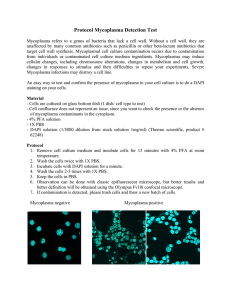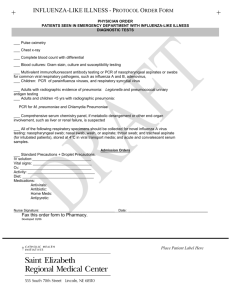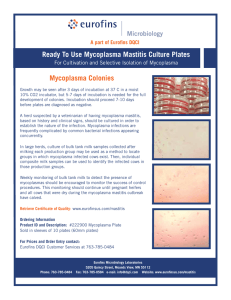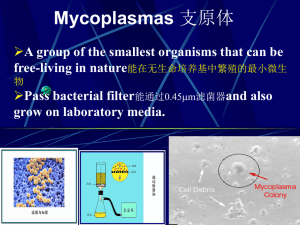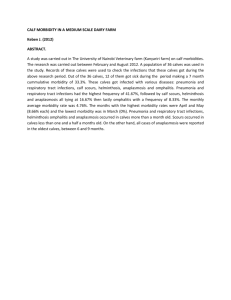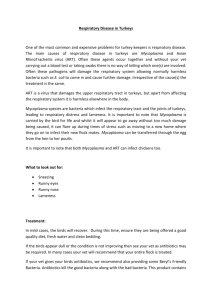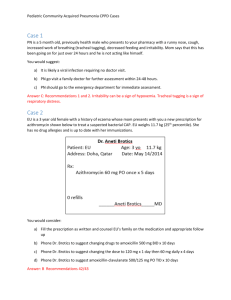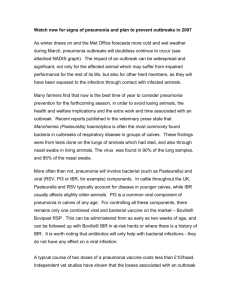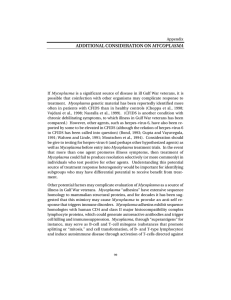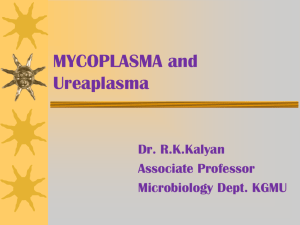Bovine respiratory disease is one of the most costly and widespread
advertisement
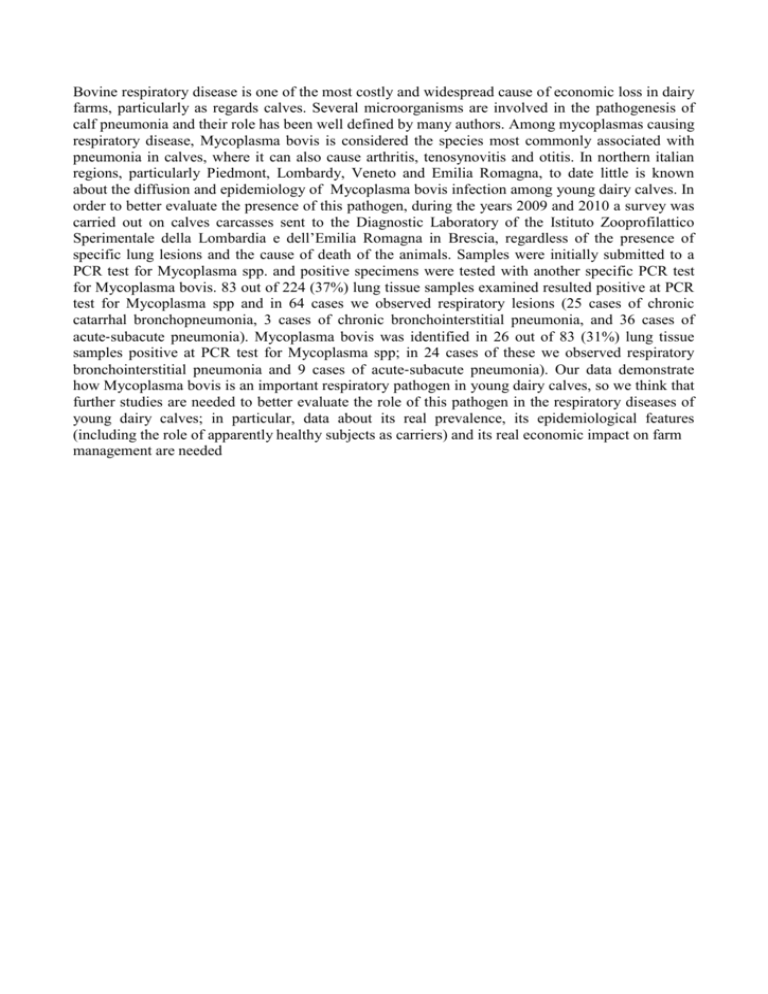
Bovine respiratory disease is one of the most costly and widespread cause of economic loss in dairy farms, particularly as regards calves. Several microorganisms are involved in the pathogenesis of calf pneumonia and their role has been well defined by many authors. Among mycoplasmas causing respiratory disease, Mycoplasma bovis is considered the species most commonly associated with pneumonia in calves, where it can also cause arthritis, tenosynovitis and otitis. In northern italian regions, particularly Piedmont, Lombardy, Veneto and Emilia Romagna, to date little is known about the diffusion and epidemiology of Mycoplasma bovis infection among young dairy calves. In order to better evaluate the presence of this pathogen, during the years 2009 and 2010 a survey was carried out on calves carcasses sent to the Diagnostic Laboratory of the Istituto Zooprofilattico Sperimentale della Lombardia e dell’Emilia Romagna in Brescia, regardless of the presence of specific lung lesions and the cause of death of the animals. Samples were initially submitted to a PCR test for Mycoplasma spp. and positive specimens were tested with another specific PCR test for Mycoplasma bovis. 83 out of 224 (37%) lung tissue samples examined resulted positive at PCR test for Mycoplasma spp and in 64 cases we observed respiratory lesions (25 cases of chronic catarrhal bronchopneumonia, 3 cases of chronic bronchointerstitial pneumonia, and 36 cases of acute‐subacute pneumonia). Mycoplasma bovis was identified in 26 out of 83 (31%) lung tissue samples positive at PCR test for Mycoplasma spp; in 24 cases of these we observed respiratory bronchointerstitial pneumonia and 9 cases of acute‐subacute pneumonia). Our data demonstrate how Mycoplasma bovis is an important respiratory pathogen in young dairy calves, so we think that further studies are needed to better evaluate the role of this pathogen in the respiratory diseases of young dairy calves; in particular, data about its real prevalence, its epidemiological features (including the role of apparently healthy subjects as carriers) and its real economic impact on farm management are needed

